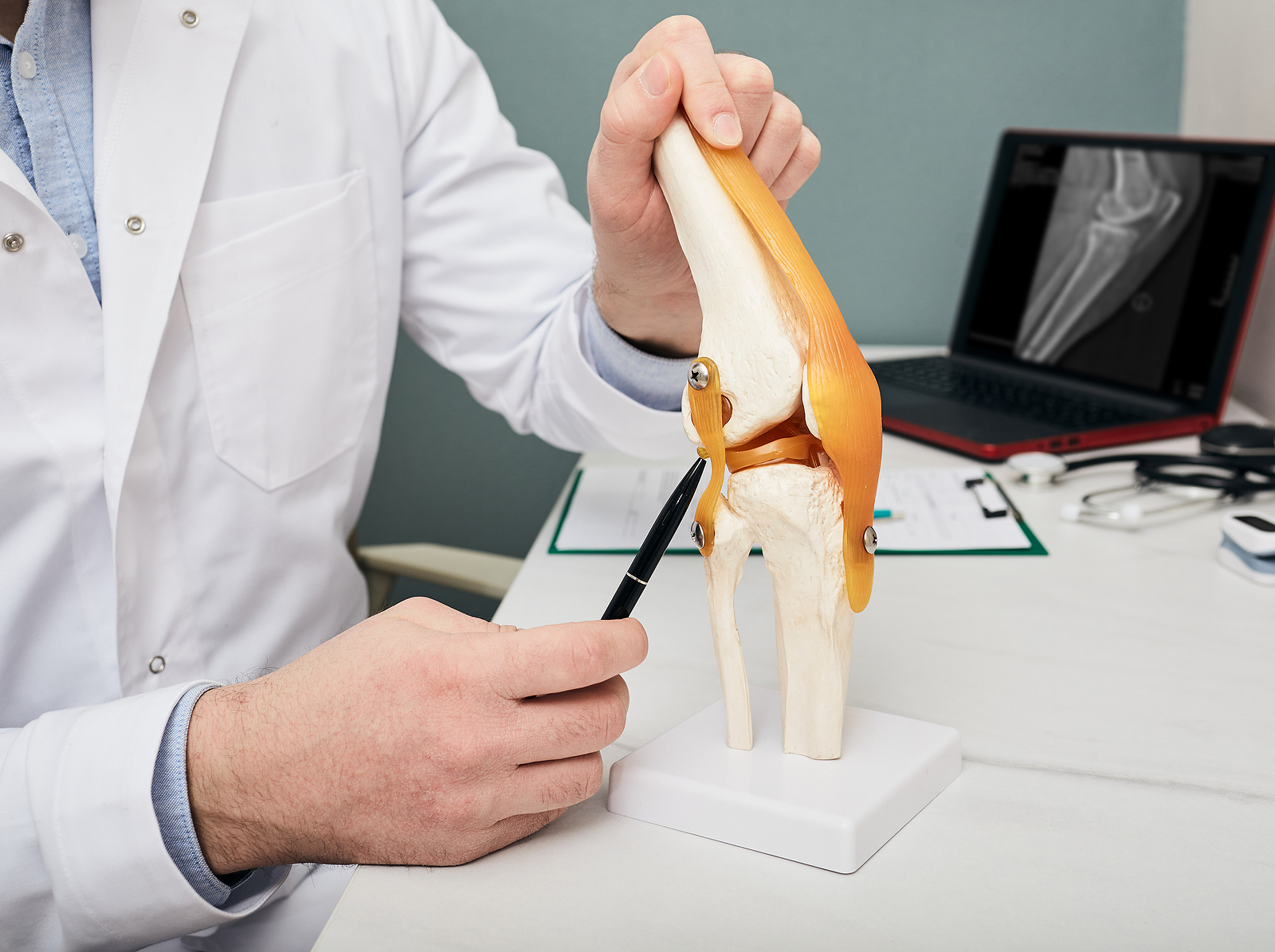Tears Of Other Knee Ligaments Can Usually Be Treated Nonsurgically With Physical Therapy
Anterior cruciate ligament (ACL) injuries are frequently discussed in the sports world due to their high prevalence and season-ending potential. But the ACL is just one of four major ligaments in the knee, and the three other ligaments can also be injured, either independently or in conjunction with others.
The consequences of these injuries are usually not as dire as ACL tears, and most patients can therefore participate in physical therapy alone and experience a complete recovery.
The type of knee ligament injury is determined by the force upon the knee
The four major ligaments of the knee and the most common mechanism of injury are described below. All four ligaments connect the tibia (shinbone) to the femur (thighbone) in different locations. As you’ll see, the type and severity of the injury depends on the direction of the force upon the knee:
-
Anterior Cruciate Ligament (ACL)
- Connects the inside top of the tibia to the outside bottom of the femur in a diagonal direction
- Prevents the tibia from sliding too far forward on the femur
- Injuries most commonly occur when a patient changes direction with one foot planted
-
Posterior cruciate ligament (PCL)
- Also connects the inside top of the tibia to the outside bottom of the femur, running diagonally in the opposite direction of the ACL
- Prevents the tibia from moving too far backward on the femur
- Strongest ligament of the knee and least likely to be injured, but the most common mechanism of injury is a force applied to the front of the knee
-
Lateral collateral ligament (LCL)
- Connects the tibia to the femur on the outside of the knee
- Provides stability to the outside of the knee and prevents the knee from buckling outward
- Most common mechanism of injury is a force applied to the inside of the knee while the foot is planted
-
Medial collateral ligament (MCL)
- Connects the tibia to the femur on the inside of the knee
- Provides stability to the inside of the knee and prevents the knee from buckling inward
- Most mechanism of injury is a force applied to the outside of the knee while the foot is planted
Surgery is needed far less often for non-ACL injuries
Injuries to these knee ligaments are called sprains. In a mild, or grade I sprain, the ligament only stretches and is slightly damaged.
Grade II sprains are partial tears of the ligament, while grade III sprains are complete tears of the ligament.
In some cases, more than one ligament will be damaged or torn from a single traumatic event, such as a severe sports-related injury.
As we explained in our last blog, surgery is often recommended for most patients with complete ACL tears that want to return to a high level of activity. But for knee ligament injuries that don’t involve the ACL, surgery is needed far less often, and many patients can experience a completely recovery with physical therapy alone. The reason this is the case is that rarely are the other knee ligaments completely torn in two pieces (grade III sprain).
Rehab may even be sufficient even for some complete tears of the PCL, MCL, or LCL; however, treatment decisions must be made on an individual basis according to the extent of the damage and the patient’s intended level of activity.
Physical Therapy Almost Always is Important for a Full Recovery
Even in cases when surgery is warranted, physical therapy will also play a role in helping patients prepare for the procedure and in the recovery afterwards. Physical therapy programs for sprains and tears of the PCL, MCL, and LCL typically consist of the following:
- Manual (hands-on therapy) techniques to alleviate pain and improve function
- Pain-relieving modalities like ice, heat, ultrasound, and electrical stimulation
- Range of motion exercises to increase flexibility and help patients regain normal mobility
- Strengthening exercises to increase the strength of weakened muscles of the upper and lower leg
- Balance and agility training to help athletes regain their sense of balance
- Sport-specific training that progressively increases in intensity as the patient regains function
If you’ve recently suffered a knee ligament injury and want to get back on the field or court as quickly and safely as possible, we can help you get there.

